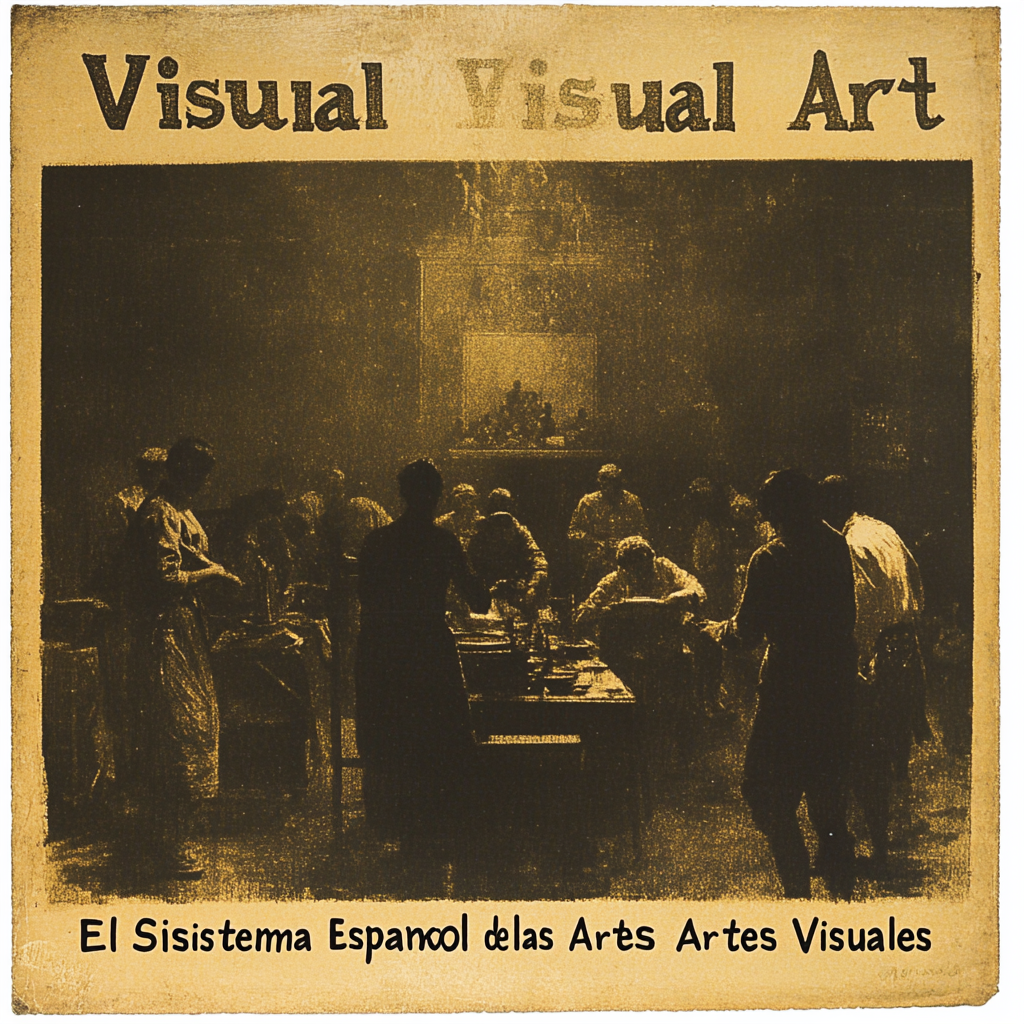The Spanish Visual Arts System: A Tragicomedy in Several Acts
The landscape of visual arts in Spain resembles, in many aspects, a Lorquian tragicomedy: legal dramas, economic precariousness, and some good intentions that falter on stage. All of this occurs in a context of slow and uneven changes, while in the rest of Europe the notion that artists can be catalysts for social and technological change, and not merely decorative complements at cultural events, seems to have been consolidated.
The Ambiguity of the Visual Artist
First of all, the concept of a “visual artist” in Spain remains deeply ambiguous. Legislation makes no effort to define it or differentiate it from other creative profiles, such as musicians or writers. This lack of definition, although seemingly harmless from a theoretical perspective, becomes catastrophic in practice when it comes to obtaining accurate data on the economic dimension of the sector or simply fulfilling tax obligations without resorting to administrative juggling. This ambiguity perpetuates a state of vulnerability: from a lack of social coverage to the inability to formulate public policies that genuinely benefit those developing their careers in the visual arts sector.
Artistic Education: A System Stuck in the Past
The Spanish educational system plays a relevant role in this dilemma, but its ability to provide solutions is limited and, in many cases, insufficient. Universities continue to offer fine arts training programs that, for the most part, seem drawn from the last century. Teaching focuses on traditional techniques and promotes a romantic vision of the “creative genius,” but completely ignores contemporary technological tools and the integration of fundamental changes in social processes, such as feminism, ecology, and social justice movements. There is also no encouragement of critical reflection on a hyperconnected world saturated with information.
Meanwhile, throughout the rest of Europe, initiatives are being developed that link art, society, science, and technology, generating synergies that enhance the transformative capacity of art. These initiatives not only address the technological aspect but also the social commitments of art and cultural rights for all, recognizing that art can be a tool for social justice and inclusion. In Spain, however, we remain trapped in a false dichotomy that separates art from technical knowledge and social commitment, as if bits were the exclusive domain of engineers and not artists, and as if art did not have an essential role in the fight for cultural rights and social justice. This reductionist vision is leaving us behind in a world where interdisciplinarity and social commitment are fundamental.
Islands of Innovation in a Bureaucratic Ocean
Despite everything, good intentions are not lacking. There are some, albeit very timid, initiatives that attempt to bridge the disconnect between the arts and the broader social fabric, science, and technology. The problem is that these efforts are like islands in a vast bureaucratic ocean: isolated, scattered, and without a solid and coordinated public policy to support and sustain them. Instead of being an integral part of a coherent cultural system, each project seems to need a miracle to survive.
In this context, new phenomena have also emerged in the entertainment industries, such as immersive exhibitions that have come to stay: lights, music, and everything necessary to fill Instagram with “experiences” that generate likes, but whose artistic depth is, at the very least, questionable. These proposals, which many call art, are presented as a form of innovation, but is it really artistic innovation or simply entertainment with pretensions of depth? The difference is not minor, especially when it comes to defining the future of artistic practices.
Europe and the Commitment to Innovation
In Europe, this issue is taken more seriously. Initiatives like STARTS (Science, Technology and the Arts) seek to harness the potential of art to develop new technologies and foster social innovation. In this approach, the artist is not merely a “decorator” of the system but assumes a critical, challenging role that questions technology and society, offering new perspectives and solutions. However, in Spain, political initiatives to support the sector are limited, and too often, resources are allocated more to large festivals and fairs that serve the official photo-op rather than generating a real and sustained impact on the artistic and intellectual development of the country. The lack of spaces that foster ongoing critical reflection remains an unresolved issue.
The Future of Visual Arts in Spain
And so, we arrive at the present, trying to survive between nostalgia for art as “high culture” and the temptation to sell out to the highest bidder in the form of immersive experiences. The Spanish visual artist continues to fight not to be merely a luxury decorator but an agent of social and cultural change. Perhaps, with some luck and less bureaucracy, we will move towards a context in which visual art is valued for its transformative capacity and not only for its aesthetic appeal. But for this, we need more than good intentions and Instagram-worthy flashes: we need policies that promote art as a motor of change, educational structures that train artists with critical awareness, and a society that recognizes the value of art beyond superficial entertainment.


Leave a Reply